There’s something magical about biting into a perfectly golden sourdough bun, lightly crisp on the outside, soft and airy on the inside, with that signature tangy flavor that only a natural starter can provide. This sourdough buns recipe is one I’ve returned to again and again, whether I’m preparing dinner rolls for a holiday table, burger buns for a summer cookout, or sandwich rolls that level up my lunch game.
I still remember the first time I baked these buns at home. I had just started my sourdough journey, slightly intimidated by the fermentation process but endlessly fascinated by its transformation of simple ingredients into something extraordinary. After a few trials (and, admittedly, a couple of flat buns), I finally nailed the method—and I’ve been tweaking and perfecting it ever since.
This sourdough buns recipe isn’t just about technique, it’s about flavor, texture, and the satisfaction of creating something beautiful with your hands. Whether you’re already nurturing a lively sourdough starter or you’re just getting started this recipe will become a staple in your home baking repertoire.
These buns are incredibly versatile. They’re soft enough for classic burgers, sturdy enough to hold juicy pulled pork or veggie patties, and flavorful enough to enjoy all on their own with just a pat of butter. Better yet, they’re naturally leavened, which means you can say goodbye to commercial yeast and hello to complex flavor and better digestibility.
If you’re looking for a baking project that feels both rewarding and practical, this sourdough buns recipe is it. It’s a little hands-on, a little hands-off, and completely worth the time. Trust me, once you’ve tried these buns fresh out of the oven, you’ll wonder why you ever bought store-bought again.
Table of contents
Why this Sourdough Buns Recipe Works
One of the biggest reasons this sourdough buns recipe stands out is its foolproof balance of structure and softness. It’s designed to give you buns that are airy yet strong enough to hold fillings without falling apart. The combination of bread flour and a small percentage of whole wheat adds both elasticity and flavor complexity, while the natural fermentation process builds depth and enhances nutrition.
What truly makes this recipe shine is its flexibility. You can shape them into smaller dinner rolls, slightly larger burger buns, or even stretch them into rustic sandwich rolls. Plus, the overnight proofing method allows for better gluten development, a more nuanced sourdough flavor, and a practical workflow that fits into your daily schedule.
Another key detail? The use of a stiff levain. This gives the dough enough strength to rise tall and retain shape, especially important when you’re making individual portions like buns. And when you brush the buns with an egg wash and sprinkle on sesame or poppy seeds before baking, you not only enhance their look but also create a beautiful texture contrast.
Let’s not forget hydration. This recipe has a moderately hydrated dough, which means it’s easy to handle and shape, even for beginners. If you’ve worked with high-hydration sourdoughs before and felt intimidated by sticky dough, you’ll find this recipe refreshingly manageable.
And yes, this recipe is adaptable. Gluten-free? Use a high-quality GF flour blend designed for bread and a well-fed GF sourdough starter. Vegan? Swap the egg wash for plant milk or aquafaba. Want a sweeter roll? Add a tablespoon of honey or maple syrup to the dough. This sourdough buns recipe can truly be tailored to your needs without sacrificing results.
Recipe Card
Pro Tips for Success
Baking with sourdough can feel a little like a dance, you lead, it follows… most of the time. But once you know the rhythm, this sourdough buns recipe becomes second nature. Here are some tried-and-true tips to help you get perfect results every time:
1. Feed Your Starter Well in Advance
A healthy, active sourdough starter is the backbone of this recipe. Make sure it’s been fed at least 6–8 hours before you plan to use it, and that it’s bubbly, doubling in size, and smells pleasantly tangy. If you poke it and it springs back slowly, it’s ready.
2. Use Bread Flour for Structure
Bread flour has a higher protein content than all-purpose flour, which helps develop the gluten necessary for structure and rise. If you substitute all-purpose, your buns may be softer but won’t hold shape as well, especially for sandwiches or burgers.
3. Don’t Skip the Autolyse
Mixing your flour and water and letting it sit for 30 minutes before adding the starter and salt improves dough extensibility and makes kneading easier. This short rest time helps you get that soft, pillowy texture that makes these buns irresistible.
4. Mind Your Kitchen Temperature
Fermentation is affected by temperature. If your kitchen is cold, your dough will take longer to rise. In warm kitchens (above 75°F/24°C), things may move faster. You can always let the dough rise in a turned-off oven with the light on for more consistency.
Variants of the Sourdough Buns Recipe
1. Whole Wheat Sourdough Buns
Want to boost the nutrition and add a hearty depth of flavor? Swap out up to 50% of the bread flour for whole wheat flour. Whole wheat absorbs more water, so you may need to slightly increase hydration. The result? A more rustic bun with earthy notes and a slightly denser crumb—perfect for veggie burgers or egg sandwiches.
2. Sourdough Brioche Buns
For a rich, luxurious variation, transform your sourdough buns into soft brioche-style rolls. Add eggs and a bit of butter to the dough (you’ll need to adjust hydration and fermentation time accordingly). These enriched buns have a golden color, a fine crumb, and are ideal for burgers or sliders. A light egg wash before baking will give them a gorgeous sheen.
3. Seeded Sourdough Buns
Add a nutty crunch and visual appeal with seeds! Before baking, brush the buns with water or egg wash and sprinkle with sesame seeds, poppy seeds, or everything bagel seasoning. You can also fold chia, flax, or sunflower seeds directly into the dough during the bulk fermentation stage for texture in every bite.
4. Garlic and Herb Sourdough Buns
Infuse your dough with finely minced garlic, rosemary, thyme, or chives to create savory buns that pair perfectly with grilled meats or hearty soups. Be sure to add these mix-ins after the autolyse and before bulk fermentation so the flavors fully develop.
5. Sourdough Burger Buns
Shape the buns slightly larger and flatter, then brush with egg wash for a shiny finish. These make the ideal vessel for thick, juicy burgers. You can also add a tablespoon of sugar or honey to the dough for a slight sweetness that complements grilled meats beautifully.
FAQs about Sourdough Buns Recipe
Dense buns usually result from under-proofed dough or inactive starter. Make sure your starter is bubbly and active (try the float test), and give your dough enough time to rise both during bulk fermentation and final proofing.
Use milk instead of water or add a tablespoon of honey or olive oil to make the crumb more tender. Cover the buns with a towel right after baking to soften the crust as they cool.
Absolutely. Sugar is optional in this recipe. It adds a slight sweetness and color, but omitting it will still yield delicious, crusty buns.
Final Thoughts
here’s something incredibly satisfying about baking your own sourdough buns. From the moment your starter bubbles to life to the intoxicating smell of freshly baked bread filling your kitchen, each step is a small celebration of homemade comfort. These buns aren’t just a vehicle for sandwiches or burgers, they’re a showcase of time, technique, and love.
What sets this sourdough buns recipe apart is its balance between simplicity and depth of flavor. It offers a chewy, airy crumb with a slight tang and a beautiful golden crust that makes every bite memorable. Whether you’re serving them for a weekend cookout, tucking one into a school lunchbox, or simply enjoying it warm with a pat of butter, these buns fit effortlessly into your kitchen routine and elevate everyday meals into something truly special.
Plus, with the flexibility to tweak the recipe for whole wheat, vegan, or enriched versions, it’s a versatile base you’ll turn to again and again. And once you get into the rhythm of sourdough baking, there’s no going back, it’s an incredibly rewarding process that encourages creativity and patience.
So if you’ve been hesitant to try your hand at baking sourdough buns, this is your sign. With just a few simple ingredients, a reliable starter, and a bit of planning, you can create something that’s bakery-quality right at home. It’s not just a recipe; it’s a skill you’ll be proud to have.

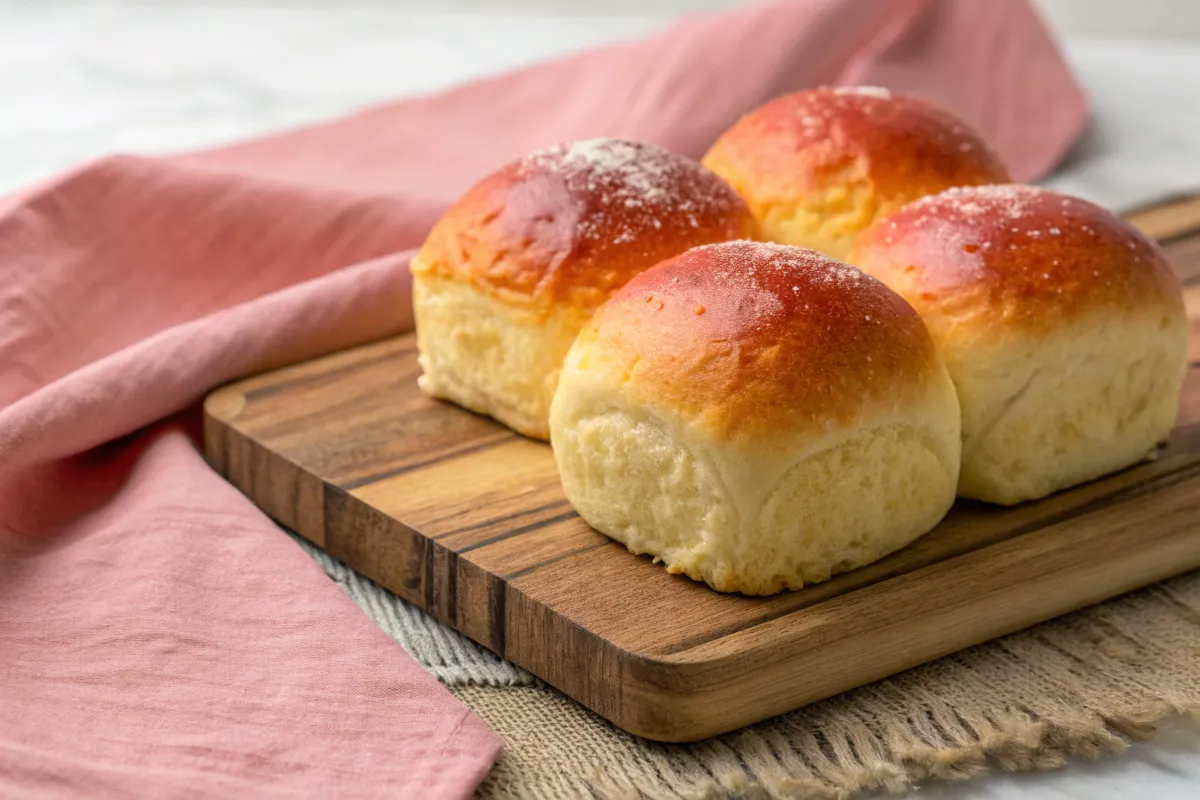




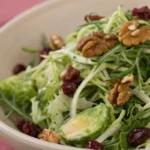
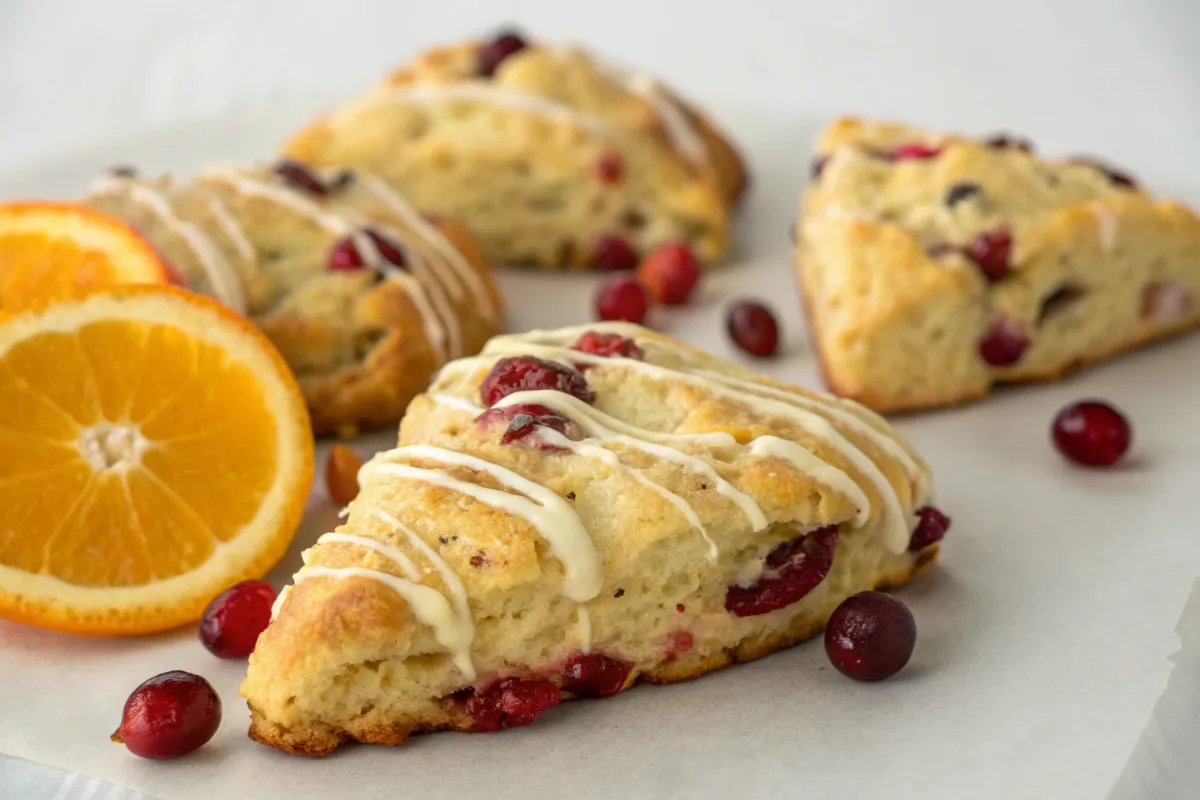

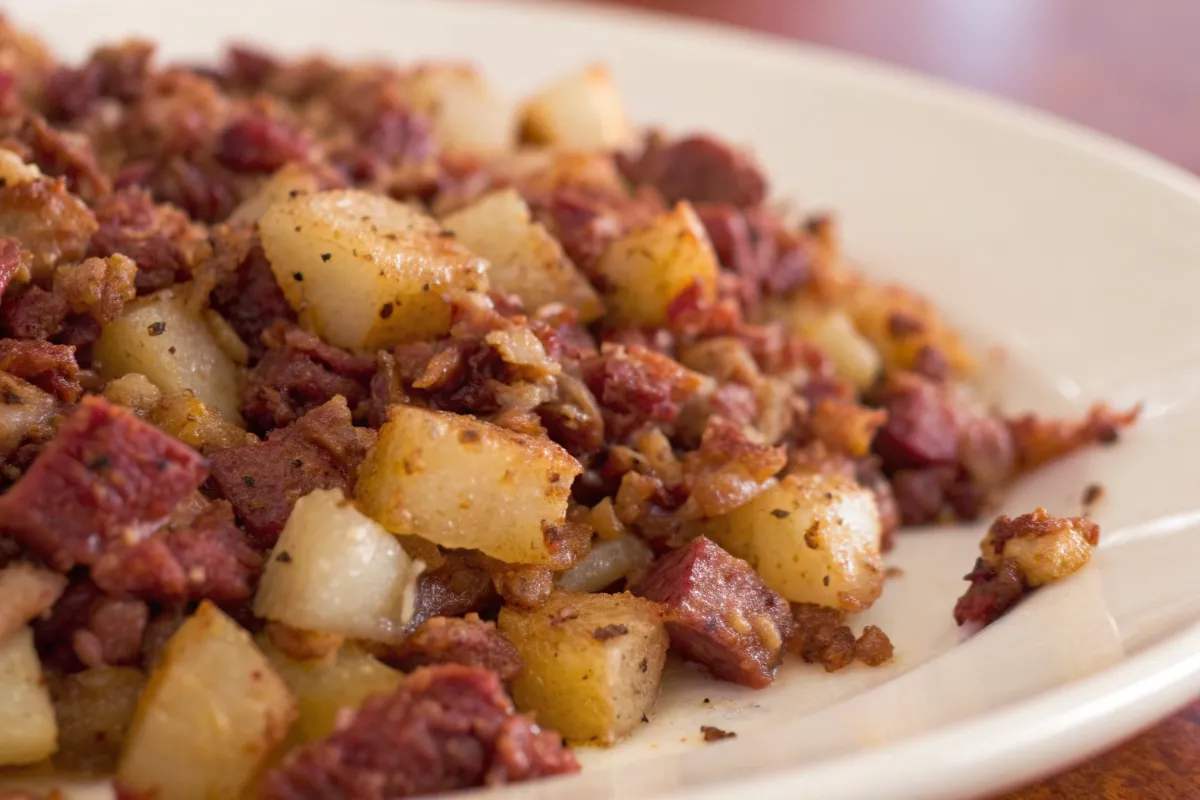
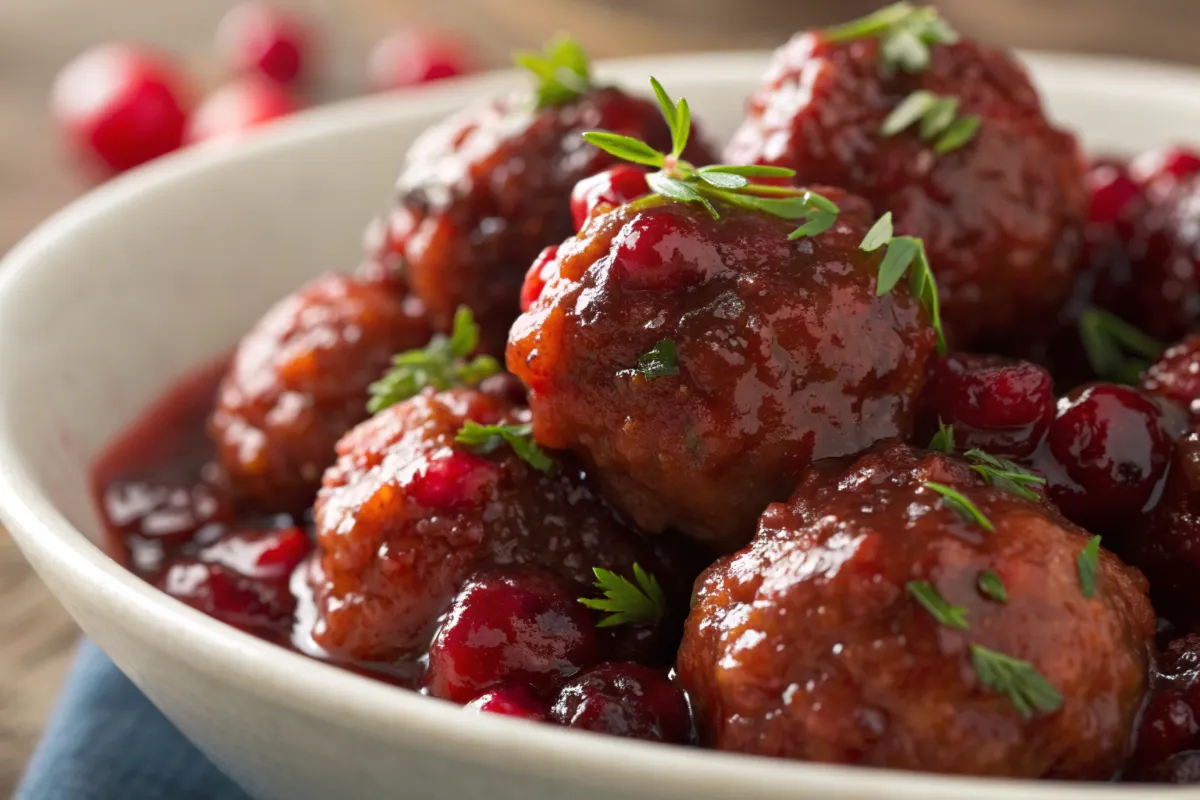
Leave a Reply